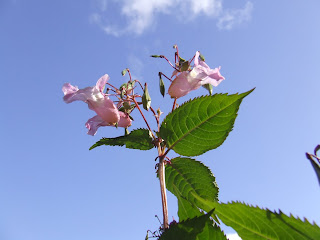
Dougie Vipond presents a feature on Invasive Non-native Species on BBC Landward, Friday 3rd December, 7 pm.


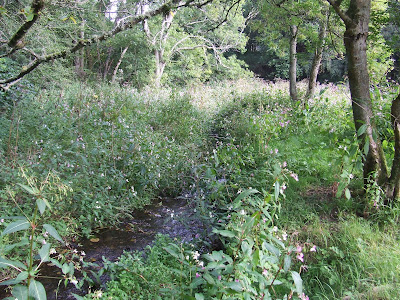
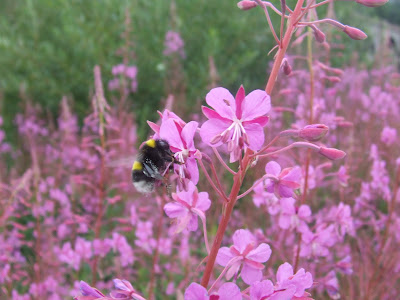
A tricky one... The answer is that Rosebay Willowherb Chamerion angustifolium appears to be both native and introduced.
It was a rare upland species in the British Isles until the 19th century, when it dramatically changed its behaviour. Perhaps with the introduction of genes from elsewhere in its range (N. America or Scandinavia, perhaps), it became a vigorous pioneer of disturbed habitats.
It has now expanded its range to most of mainland
This field of Rosebay willowherb or ‘fireweed’ provides a spectacular scene but also shows how invasive this plant is. I heard from a local man that this field was in use as agricultural land up to only two years ago so this fireweed has really taken hold and spread rapidly in a relatively short period of time. Does anyone have any examples of sites where this invasive is being controlled?
These Himalayan balsam plants were in an area of felled woodland next to the river Sgitheach, their branching pattern and large size share similarities with the shape of a Christmas tree! Most balsam plants growing in dense clumps tend to be tall and straight with the flowering structures located at the top. I believe this branching pattern may be caused when the plants get snapped off whilst growing but the root and bottom node remain allowing the plant to regenerate and regrow. These few larger branched plants were out in the open with plenty of space which may also benefit this growth structure. Any other suggestions???
Unlike most invasive plants, Himalayan balsam can be effectively controlled without using chemicals. Scattered plants can be uprooted, while dense stands can be cut using a Martindale weed slasher.

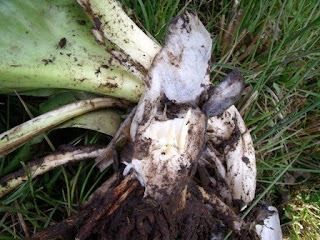
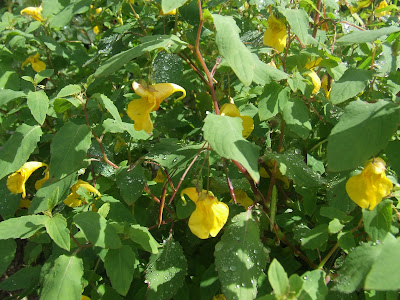 Several Impatiens species occur in UK, but only one is native. Touch-me-not balsam Impatiens noli-tangere (so called because of its exploding seed-pods) is generally considered to be native only in the English Lake District and mid-Wales. If you find this balsam in Scotland, it will have escaped from a garden. Fortunately it is not invasive, unlike its Himalayan cousin.
Several Impatiens species occur in UK, but only one is native. Touch-me-not balsam Impatiens noli-tangere (so called because of its exploding seed-pods) is generally considered to be native only in the English Lake District and mid-Wales. If you find this balsam in Scotland, it will have escaped from a garden. Fortunately it is not invasive, unlike its Himalayan cousin. The 'butterfly bush' Buddleja davidii is a shrub native to the mountains of China. It is widely planted for its showy sweet-smelling flowers.
The 'butterfly bush' Buddleja davidii is a shrub native to the mountains of China. It is widely planted for its showy sweet-smelling flowers.